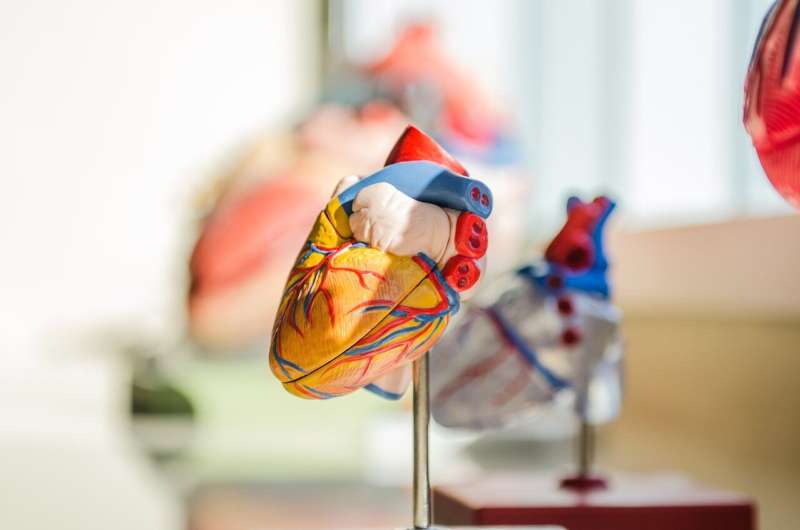Program offers pathway to medical school for students of color

Fourteen high school graduates streamed into a large lecture room at Hofstra University, each carrying a sign with the name of the college they will attend: Stony Brook University, The New York Institute of Technology, Columbia University.
More than 50 friends and family clapped as they witnessed the students pursuing their dreams of becoming doctors, nurses or medical engineers. Virtually all of them are students of color.
Recently, the Medical Scholars Pipeline Program marked a decade of providing pathways into medical school for underrepresented students from Long Island and New York City. Nearly 50 students celebrated completing the summer program.
"All medical schools are under ... national pressure to take a diverse class of students," said Lawrence Smith, dean of the Donald and Barbara Zucker School of Medicine at Hofstra/Northwell, which hosts the program. "You try very hard to ... represent members of the community that you serve."
Students attend four weeks each summer for three consecutive years. There are medical lessons, such as learning how to use ultrasounds or how hospitals work. Other parts of the curriculum, like SAT and college preparation classes, help students get admitted to college.
"The biggest problem in getting a diverse class is that economically deprived students ... have a terrible time competing to get into medical school," said Smith.
Ayi Agboglo, valedictorian of Uniondale High School, said he was "indebted" for the college-prep help.
"With the one-on-one college sessions, (it) helped guide me into how to prepare for college, how to start the process and how to be the best applicant," he said. The program's director even helped him get a scholarship that will pay $2,500 per year at Columbia University, where he plans on studying biomedical engineering, he added.
South Hempstead native Philippe Rameau, who finished the program in 2012, is now at the Zucker School of Medicine. That the people leading the program were of his same background was important, he said.
"The mentors are all gathered at perhaps a lunch or dinner, and seeing all these excellent people of color who are in these positions ... doing meaningful work, and seeing that I can actually be like them one day," he said. "It kept my drive going."
Nearly 58% of medical school students in 2018 were white, according to data from the Association of American Medical Colleges. Around 9% were black and 11% were Latino.
Since its inception in 2009, the Pipeline Program has enrolled about 200 students. Fourteen graduates are now attending medical school. The program, thanks to foundations and individual sponsors, has funding of around $80,000.
Agboglo believes the program will help him in his next chapter, thanks to the people he has met.
"Now we have our own little, almost like family," he said. "As we go into our first year of college, predominantly white institutions, we have that family of scholars that are going through the same struggles as us."
©2019 Newsday
Distributed by Tribune Content Agency, LLC.

















